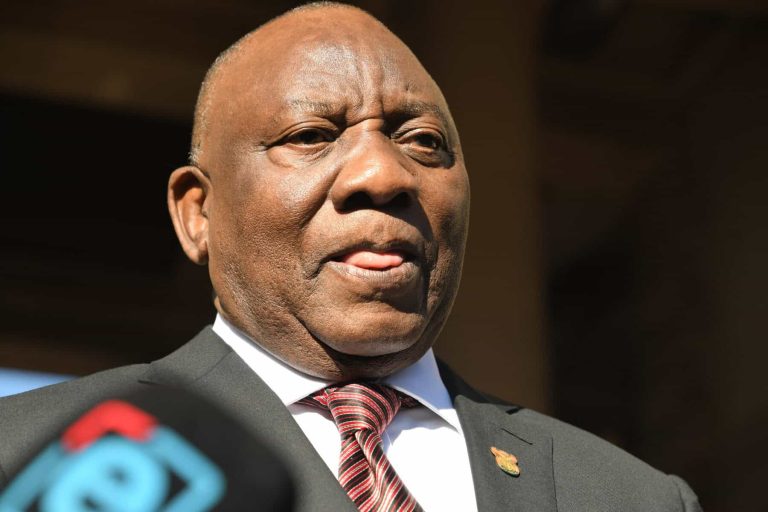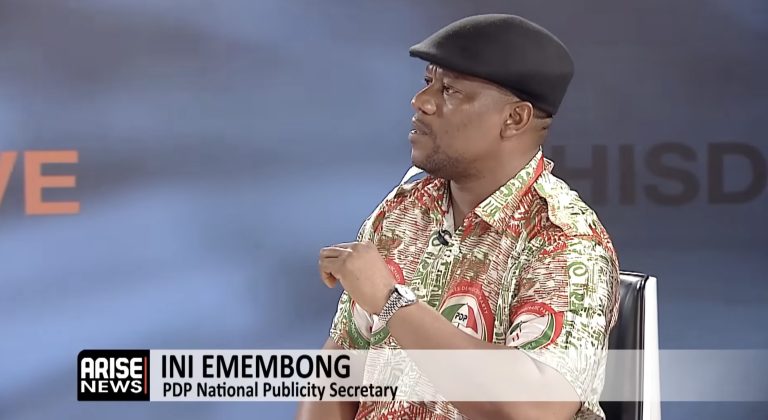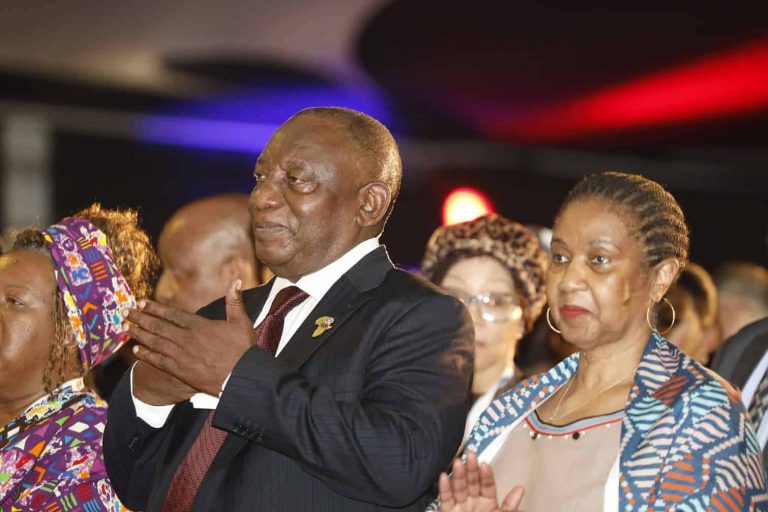
The repo rate cut of 25 basis points was in line with economists’ expectations thanks to benign inflation and favourable market conditions.
The governor of the South African Reserve Bank (Sarb), Lesetja Kganyago, announced this afternoon that the Monetary Policy Committee decided to cut the repo rate to 6.75%. He said a 50 basis point cut was not discussed.
ALSO READ: South Africans get a repo rate cut for Christmas
Repo rate cut in line with Oxford Economics Africa’s expectations
Jee-A van der Linde, senior economist at Oxford Economics Africa, says the decision was in line with their expectations as well as the consensus. “We think the Sarb will be cautious going forward as it targets an inflation rate of 3.0%.”
Van der Linde points out that the MPC presented the Sarb’s forecasts for 2028 for the first time that differ marginally from the 2027 projections. “The central bank expects slightly stronger gross domestic product (GDP) growth of 1.3% in 2025 (previously 1.2%), while its short-term forecasts were unchanged from the previous meeting. Overall, the Sarb considers the risks to its GDP outlook to be balanced.”
Meanwhile, he says, inflation was revised lower for 2025 (3.3%) and for 2026 (3.5%), with the headline rate projected to dip to 3.0% in 2028. “The governor noted that while medical aid increases are lower than last year, housing inflation has accelerated, warranting ongoing scrutiny.
“The Sarb sees balanced risks to the inflation outlook as it transitions from a range target (3%-6%) to a point target of 3.0% with a tolerance band of plus or minus 1 percentage point.
ALSO READ: Will increase in inflation encourage Reserve Bank to drop repo rate on Thursday?
MPC members agreed there was room for another repo rate cut
“We revised our monetary policy outlook a while back, noting that benign inflation and favourable market conditions allow for additional policy easing. MPC members agreed there was scope to make the policy stance less restrictive, although the governor also emphasised that a degree of restrictiveness is required, given the general economic uncertainty.”
The next MPC meeting is scheduled for 29 January 2026, and Van der Linde says they believe the Sarb will proceed cautiously heading into next year, with inflation expected to tick gradually higher over the coming months. “We believe headline inflation will likely peak at around 4.0% by the middle of the first half of 2026.
“In his statement, the governor explained that the 1 percentage point tolerance band on either side of the 3.0% target does not imply that the Sarb will be indifferent to inflation between 2% and 4%. The governor emphasised that the Sarb aims to bring inflation to 3.0% and that the public should expect the bank to achieve this target over the next 12 to 24 months.”
ALSO READ: Repo rate: will the Reserve Bank cut or not?
If this trend continues, consumers can see more repo rate cuts in coming months
Frank Blackmore, lead economist at KPMG South Africa, says if this trend continues, further reductions in interest rates can be anticipated in the coming months. “Although monthly inflation is expected to increase marginally for the rest of this year, it is expected to decrease again at the beginning of 2026.
“Lower interest rates will have a cumulative effect, further reducing the interest rate. This will also contribute to healthier consumer purchases and in turn, to greater business investment in the economy, leading to a higher rate of GDP growth over the medium term.”
ALSO READ: Only one more repo rate cut expected in 2025 thanks to Trump policies – economists
Decision to cut repo rate was the right one
Prof Raymond Parsons, economist at the NWU Business School, says he thinks the MPC’s decision to cut the repo rate was the right one. “A number of recent favourable financial developments created the space to further ease borrowing costs for business and consumers, which is encouraging.
“Monetary policy must now support the incipient economic upturn, as even with the latest 25 basis points repo rate cut real interest rates in South Africa remain relatively high by global standards. Job-rich growth is now the high priority.
“The steadier growth outlook outlined by the MPC statement is mainly driven by higher consumer spending, with fixed capital formation still lagging. The cost of capital must be reduced. In the coming year a sufficient number of firms must feel that economic and political factors justify their fresh plans for expansion.”
ALSO READ: S&P ratings upgrade good news for South Africa – experts
Repo rate cut will increase consumer and business confidence
FNB CEO Harry Kellan welcomed the Sarb’s decision to further cut the repo rate, as this will further lift consumer and business confidence. While inflationary pressures persist from administered prices such as electricity and water, we are seeing stability and even falling prices in other key inflation drivers, notably the price of fuel.”
Mamello Matikinca-Ngwenya, chief economist at FNB, says economic conditions remain ripe for continued easing of monetary policy. Headline inflation is subdued and only marginally above the new preferred target of 3%, while signs of economic slack prevail as demand-driven inflation has failed to normalise at the pace anticipated at the start of the year. Therefore, this further ease in borrowing costs will push confidence and willingness to spend in the right direction.”
ALSO READ: Why slow repo rate easing is apt
Repo rate cut good news for homeowners
Bradd Bendall, national head of sales for BetterBond, says homeowners can now breathe a sigh of relief knowing that they will have a bit extra in their pockets for the festive season. “Another cut in the prime lending rate will bring welcome reprieve to homeowners who will now have to pay less on their monthly bond repayments. Today’s decision means the repo rate has dropped a cumulative 150 basis points since November 2024.”
Gavin Lomberg, CEO of ooba Home Loans, today’s repo rate cut delivers a welcome boost for consumers and the property market as the year ends.
“This sixth rate cut since September 2024 has effectively reduced borrowing costs by 1.5% in the past 14 months. This provides meaningful relief for consumers and reinforces optimism in the country’s recovery. It is a positive signal for the property market going into 2026.”



